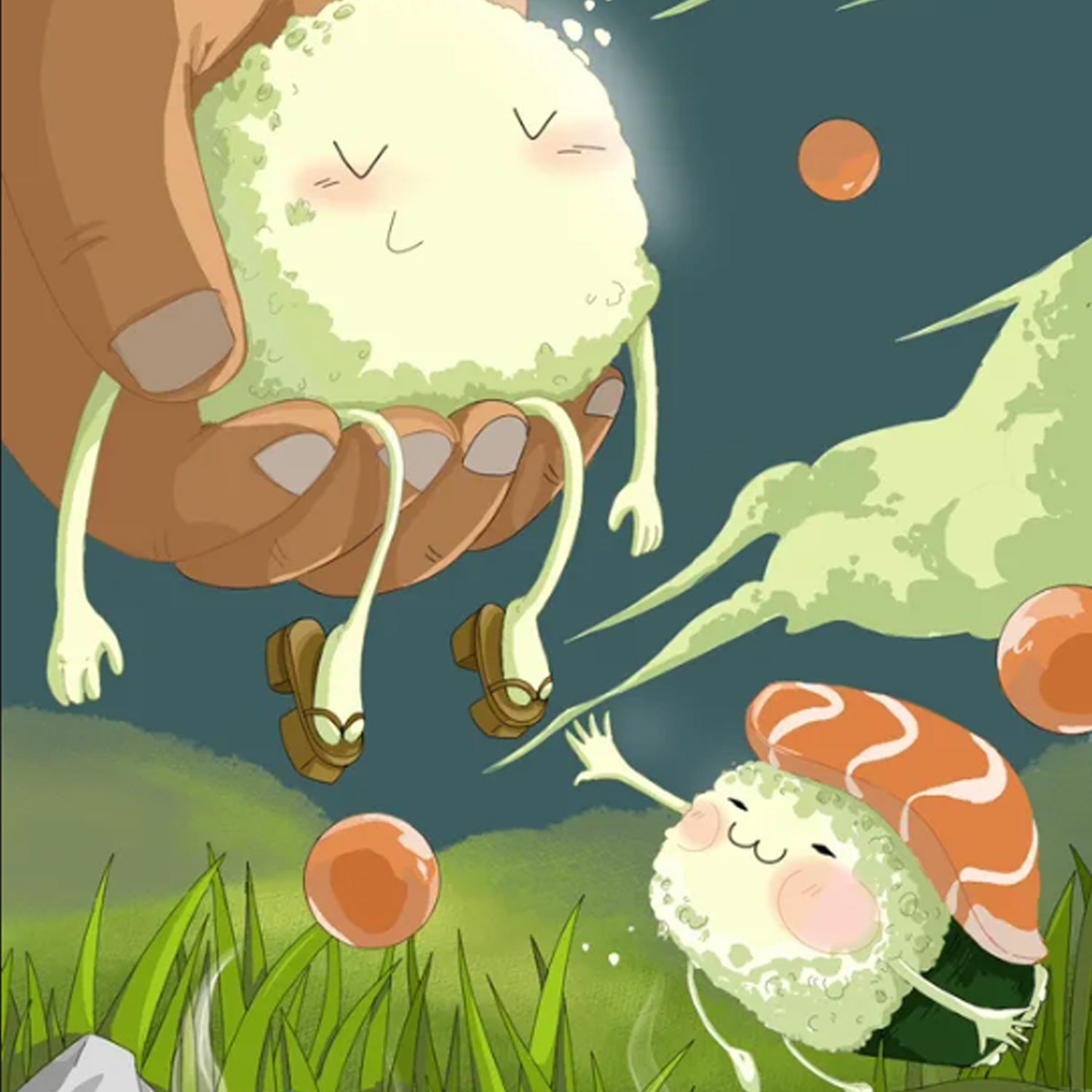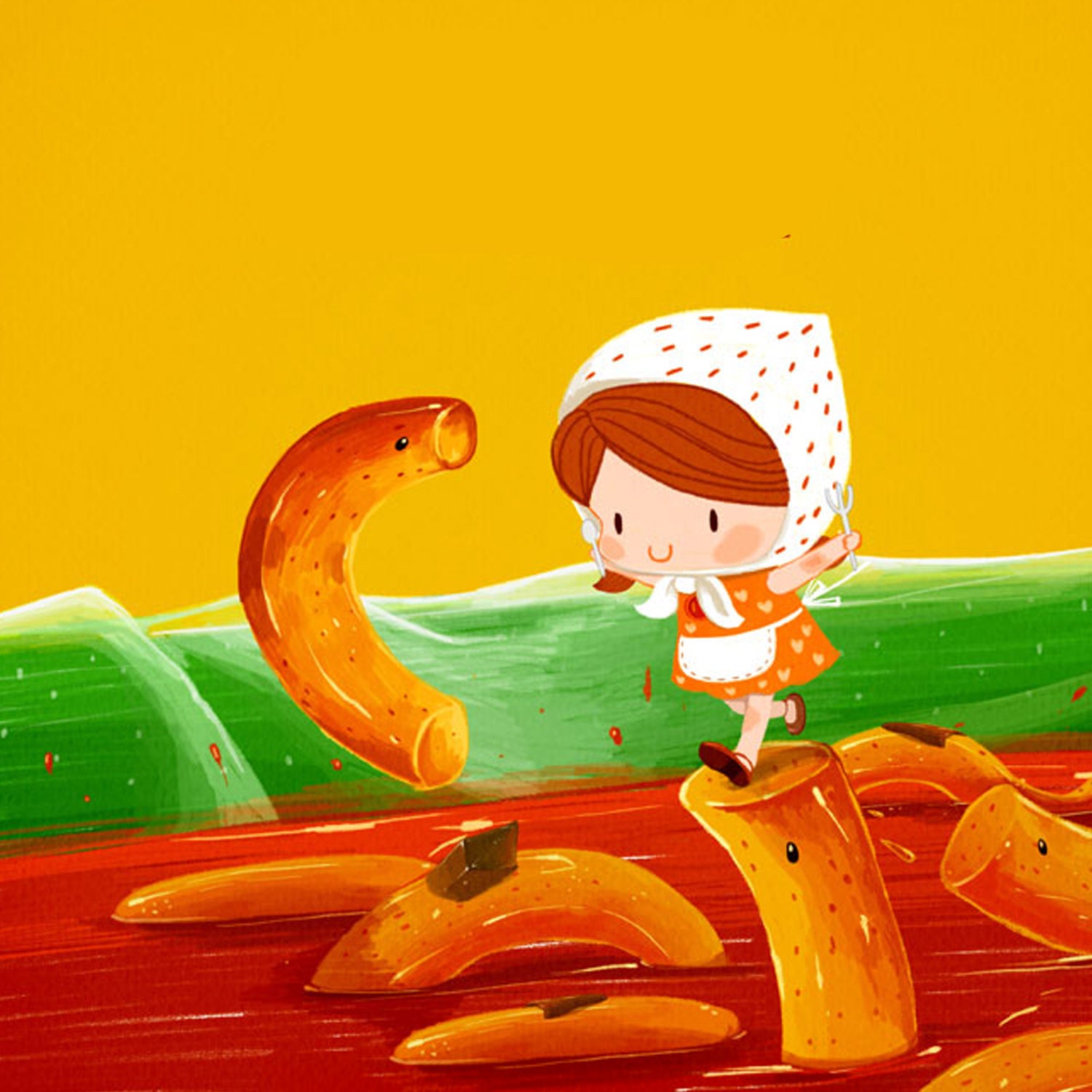Centennial or millennial eggs
Have you ever seen black eggs that look like jelly? You've probably come across images like this while browsing the Internet.
They are called centenary or millennial eggs and are a classic of Chinese cuisine.
The name implies that the eggs are a hundred years old. But what is the truth behind this? You will find the answer as you continue reading.
When looking at pictures of dark eggs, you must have asked yourself, "what does the century egg taste like?" Well, this article is here to provide you with the many details you might want to know about century eggs.
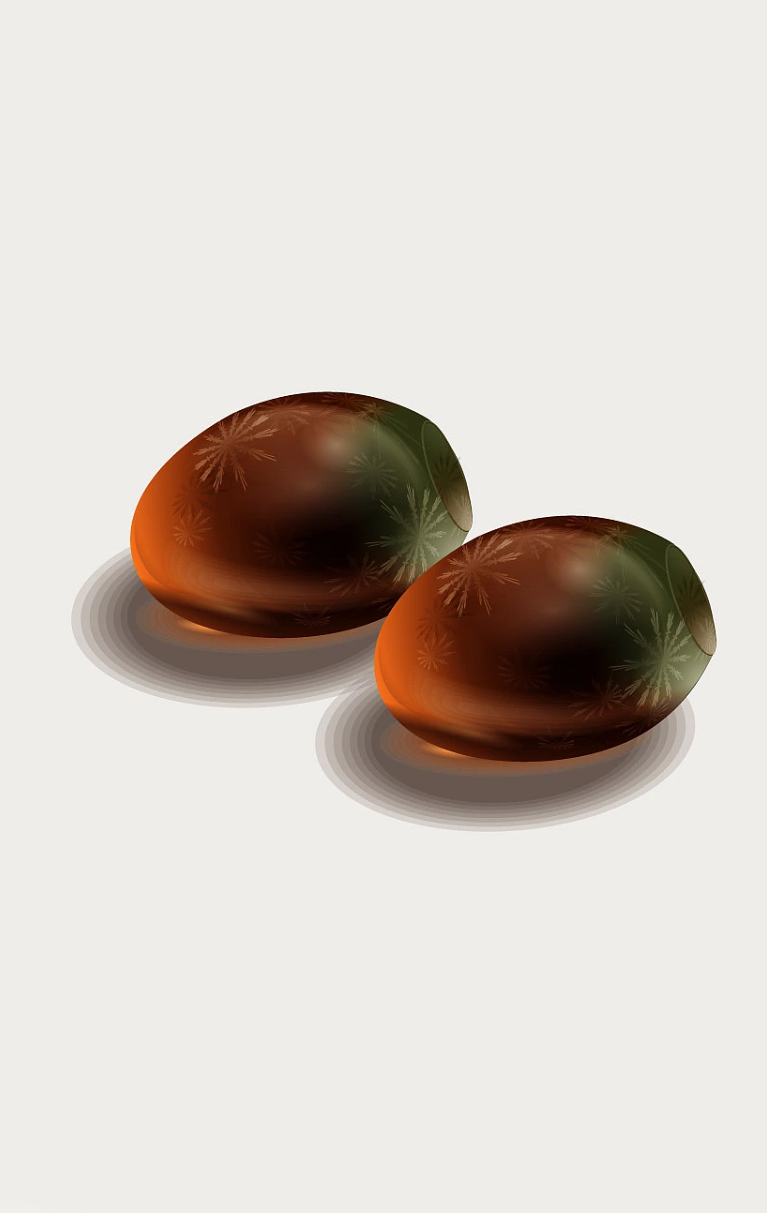
What is?
Centennial or millennium eggs represent a type of traditional food in China, consisting of the preservation of eggs for several weeks or months in a mixture of clay, salt, wood ash and quicklime. Throughout this process, the egg white turns dark brown or black and acquires a gelatinous texture, while the yolk turns a dark green shade.
These century-old eggs have a salty flavor and a soft, creamy texture when eaten. They are frequently served as an appetizer, accompanied with soy sauce, or added to congee, a type of rice porridge.
Centennial eggs can be made from various types of eggs, including duck, quail, and chicken eggs.
The misconception persists that century-old eggs are rotten or spoiled, however, if properly prepared, these eggs remain free of bacteria and mold, making them perfectly safe for consumption .
History
Centennial eggs are said to have originated in Hunan, China, during the Ming Dynasty, approximately six centuries ago.
The most popular story says that a man discovered them during the construction of his house, when he saw duck eggs that had been in slaked lime for two months. He ate them and enjoyed the taste, so he added salt to improve the taste.
Another, more romantic story is that of a man who left eggs in the garden of a woman he wanted to court. However, she did not discover them until she cleaned the ash pit half a month later. In this way, centenary eggs were created.
It is also called 'pine pattern egg' because some of them have pine branch-like patterns in the egg white. This Chinese dish is not only famous in China, but throughout East Asia, where they have their own names for it.
This dish was most likely created during the need to preserve eggs in the past, so they were covered with alkaline clay, leading to the creation of century eggs.
Fabrication process
TRADITIONAL METHODS OF PRODUCTION OF CENTENARY EGGS
Most recipes start with a duck egg, but you can also use a chicken, goose or quail egg. Instead of using just clay, a mixture of wood ash, calcium oxide (also known as quicklime), and salt is included in the coating mix, which increases the pH of the sodium content. 1.4 kg of tea is infused in water and 1.4 kg of calcium oxide, 4.1 kg of sea salt and 3.2 kg of burnt oak ashes are added, mixed until a smooth paste is obtained. Each egg is individually coated by hand, with gloves on to protect the skin from chemical burns. It is then rolled in rice husks, to prevent the eggs from sticking together, before the eggs are placed in cloth-covered jars or densely woven baskets. The rice hulls prevent the eggs from sticking together.
MODERN METHODS OF PRODUCTION OF THE CENTENARY EGG
Century eggs are made from pasteurized or homogenized whole eggs that have been soaked in an alkaline solution containing various chemicals such as potassium bicarbonate, sodium carbonate, sodium hydroxide, and/or calcium hydroxide. The mixture may also contain other ingredients including sugar, gelatin, glycerin, citric acid and food coloring. After leaving them undisturbed at room temperature for about two months, they will be ready to eat.
Are they safe to eat?
The short answer is yes. Centennial eggs, like many preserved foods, are safe to eat, but it is important to check them for signs of spoilage before eating. While the smell of ammonia will always be present in century eggs, an excessively bad ammonia smell or a moldy stench are signs that something has gone wrong. The shell should be visibly intact, with no cracks, holes or dents. When shaken or tapped, there should be no rattling sound.
It is also important to obtain century eggs from a reliable source. It used to be common to use lead oxide during the curing process, which creates a century egg that is considered more desirable but also has the unfortunate effect of being toxic to humans. While there are food safety regulations in China that restrict toxic levels of lead in food, some century egg producers ignore these metrics for the sake of a “better” end product. The good news is that most century eggs available now are lead-free.
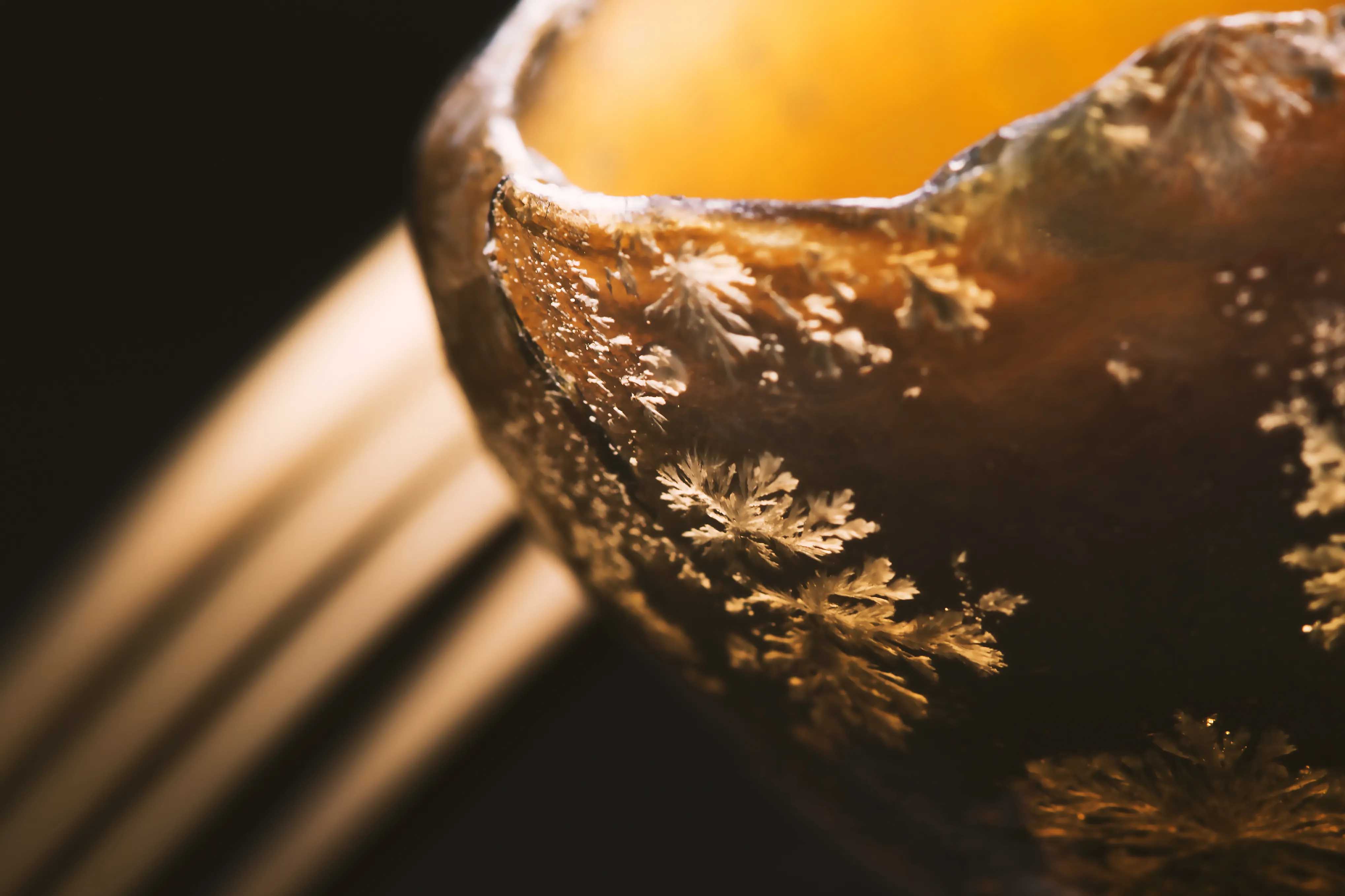
What do century eggs taste like and how are they eaten?
With Congee
A common use for century eggs is in congee, a type of rice porridge. The century egg is cut into pieces and mixed with the congee towards the end of cooking. The result is a combination of the salty and umami flavor of the egg with the smoothness and mild flavor of the congee, creating a unique culinary experience.
As a cold garnish
Another common use for century eggs is as a cold side dish. The eggs are thinly sliced and served cold, often with a soy sauce or vinegar. This is a popular way to enjoy century eggs during the hottest months of the year.
With Tofu in Centennial Egg Soup with Lean Meat
This is a classic recipe that combines century-old eggs with tofu and lean meat, often pork. The ingredients are cooked together in a broth to create a rich and flavorful soup.
Here is a simple recipe:
With Tofu in Centennial Egg Soup with Lean Meat
Century eggs have a strong, salty flavor, with a hint of umami. Despite their unusual appearance, century eggs are highly prized in Chinese cuisine for their rich and unique flavor.
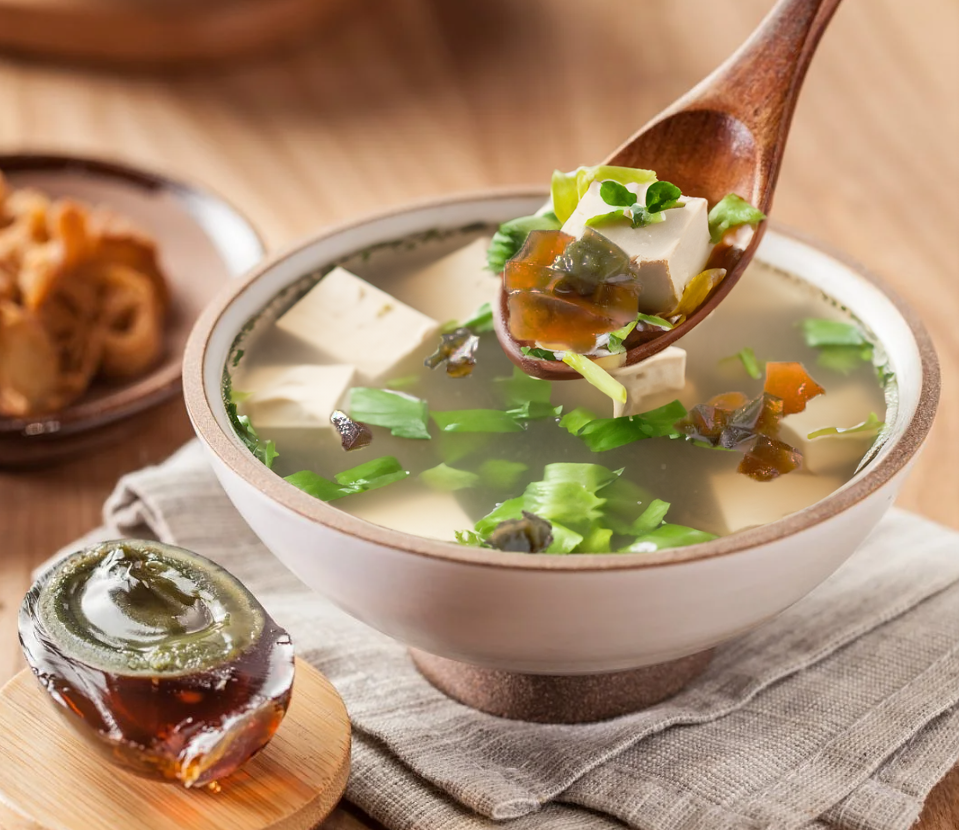
Ingredients:
- 2 centenary eggs
- 200g tofu
- 100g lean pork
- Salt to taste
Preparation:
- Cut the tofu and pork into thin slices.
- Cut the century eggs into thin slices or quarters.
- Place all the ingredients in a pot and add enough water to cover them.
- Simmer for at least 30 minutes or until the meat is cooked through and the broth has a rich flavor.
- Season with salt to taste.
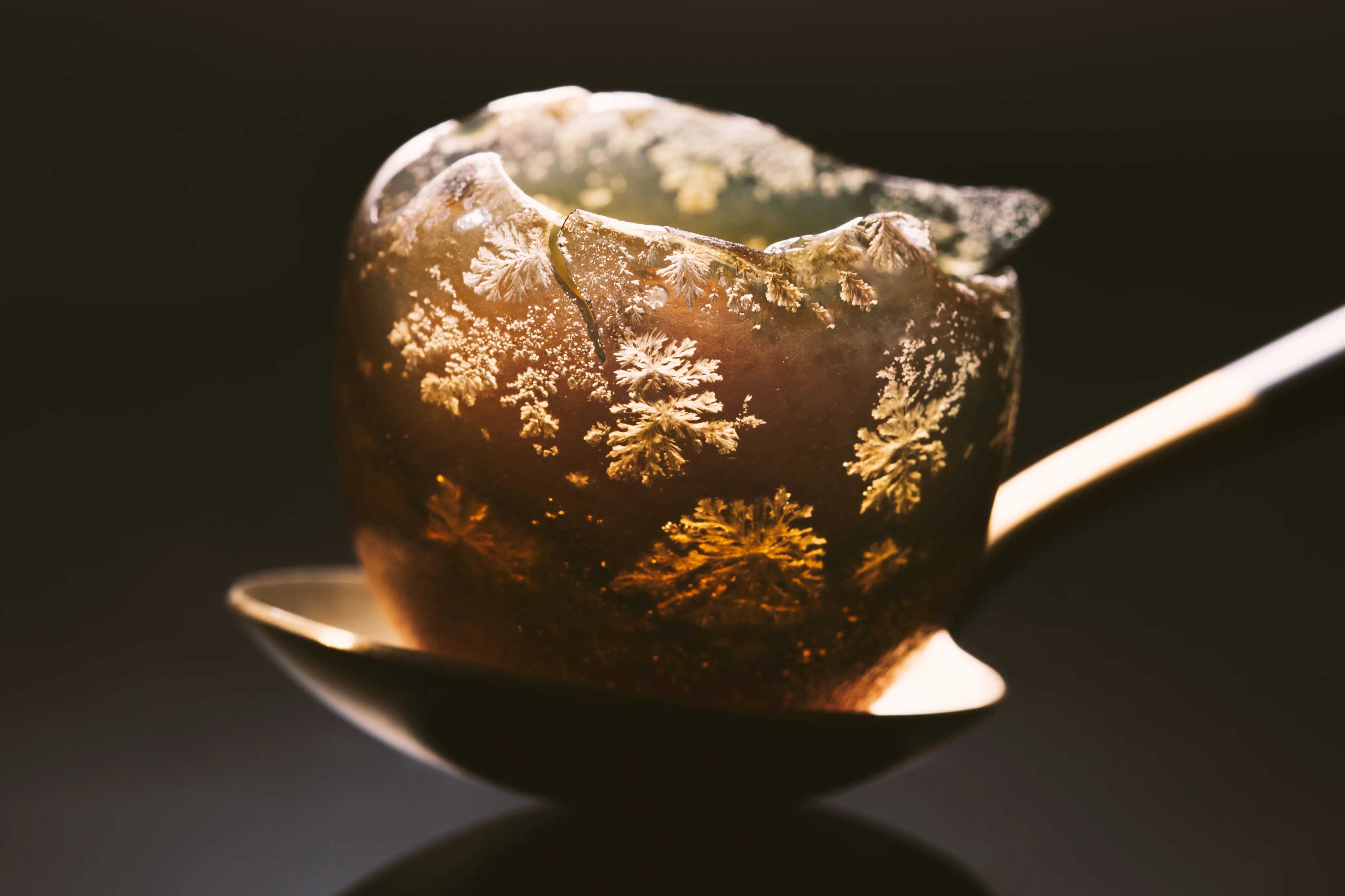
Health Benefits of the Centennial Egg
The century egg has a wide range of benefits, particularly over traditional eggs, including:
- Great source of Iron
- High protein nutrition
- Great source of Vitamin D
- Excellent source of Selenium
- Reduces blood pressure
- Increases liver function
- Improves vision
Misunderstandings
There are malicious rumors claiming that century eggs are soaked in horse urine, which is of course a complete fabrication. Horse urine is not even alkaline, something needed to make century eggs. One reason for the misunderstanding could be that in Thai and Lao, the local words for century eggs literally translate to "horse urine eggs." Others might confuse it with "virgin boy eggs," which are prepared with urine, but not from horses.
It is important to clarify that centenary eggs have no relationship with urine in their manufacturing process. They are produced by preserving eggs in an alkaline mixture, usually based on clay, ash, salt and lime. This process changes the texture and color of the egg, but does not involve the use of urine or any other such liquid.
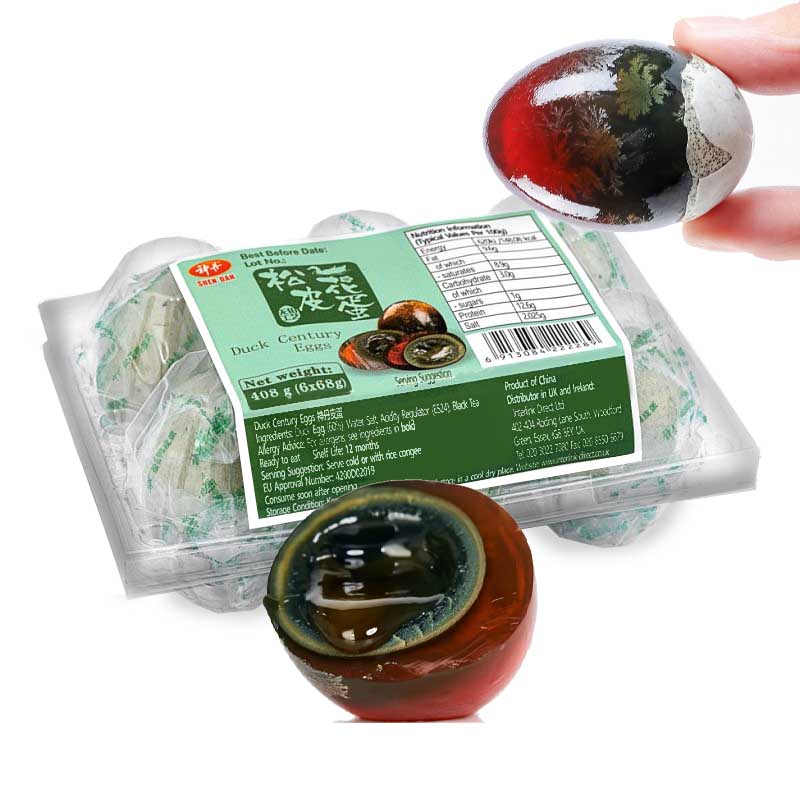
*The images that accompany the product packaging are a presentation suggestion.
Important information
Product packaging, specifications, BBD and price are subject to change without notice. All product information on our website is provided for informational purposes only. Always read labels, warnings, and instructions provided with the product before using it.
Blog
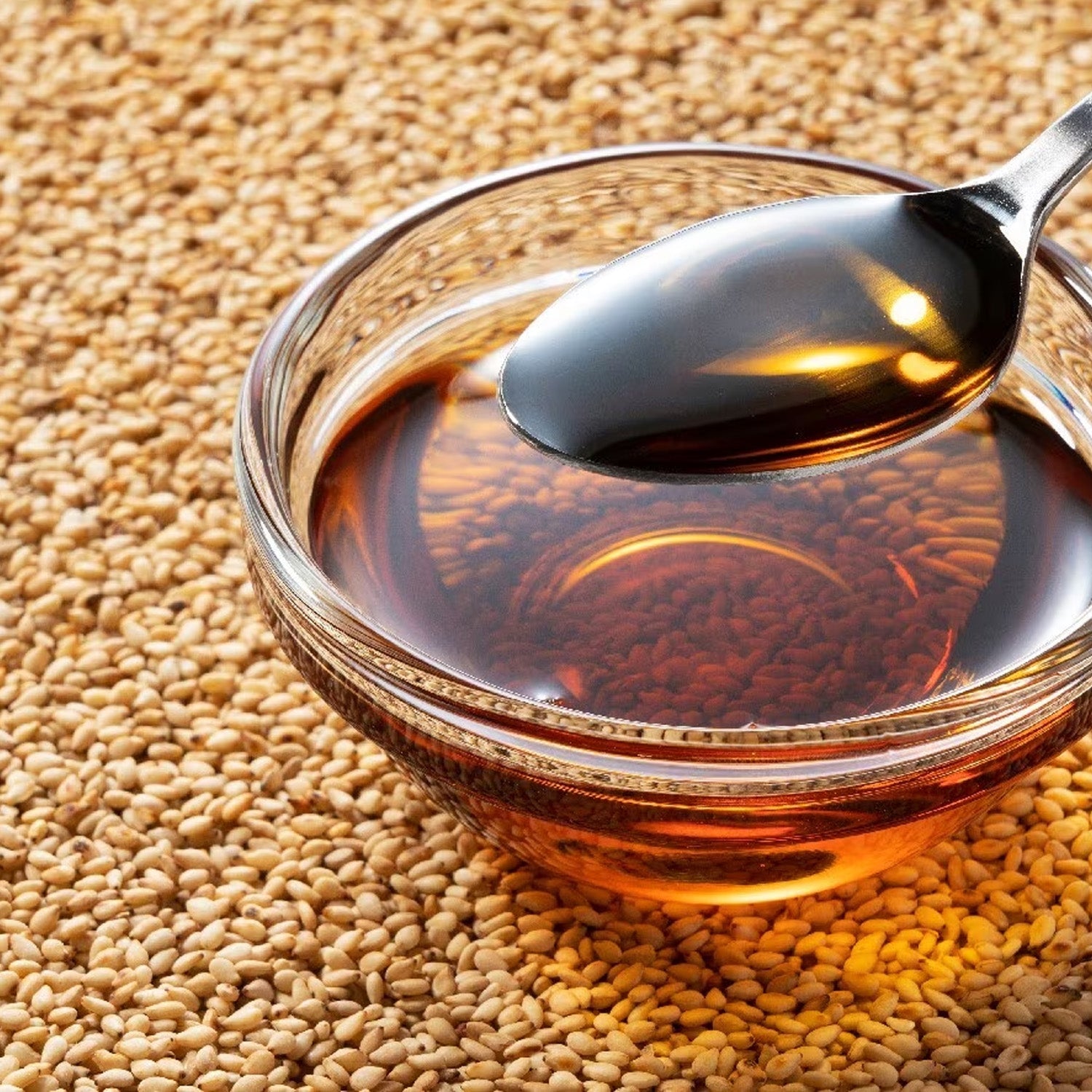
Benefits of Sesame Oil: Health and Cooking at its Best
The numerous benefits and uses of sesame oil in cooking, personal care and health. Learn how to take advantage of its antioxidant and anti-inflammatory properties.
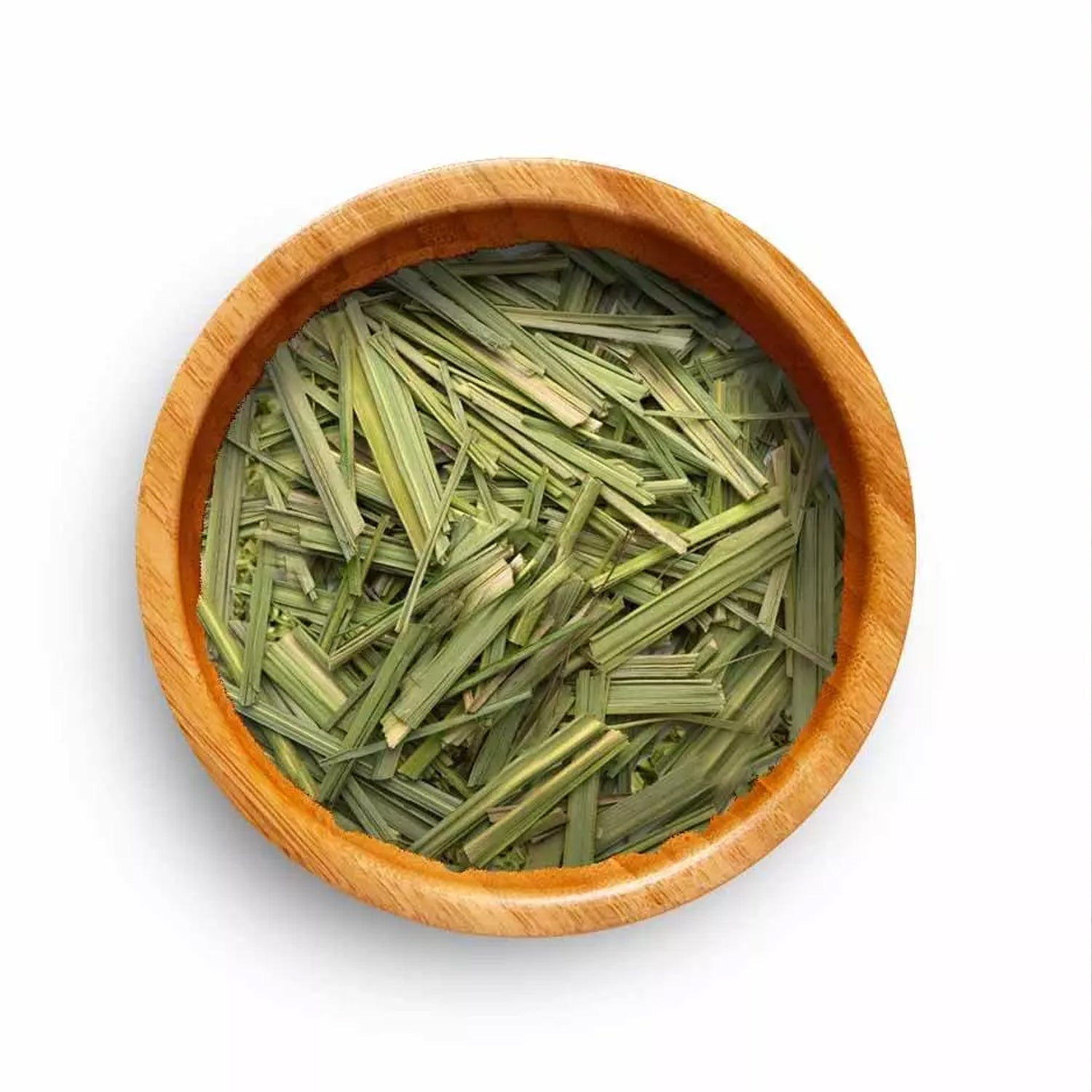
Benefits of Lemon Grass: Culinary and Medicinal Uses
Lemon Grass can transform your favorite dishes and improve your health. Learn about its culinary uses, medicinal benefits, and featured recipes to incorporate this versatile plant into your daily l...
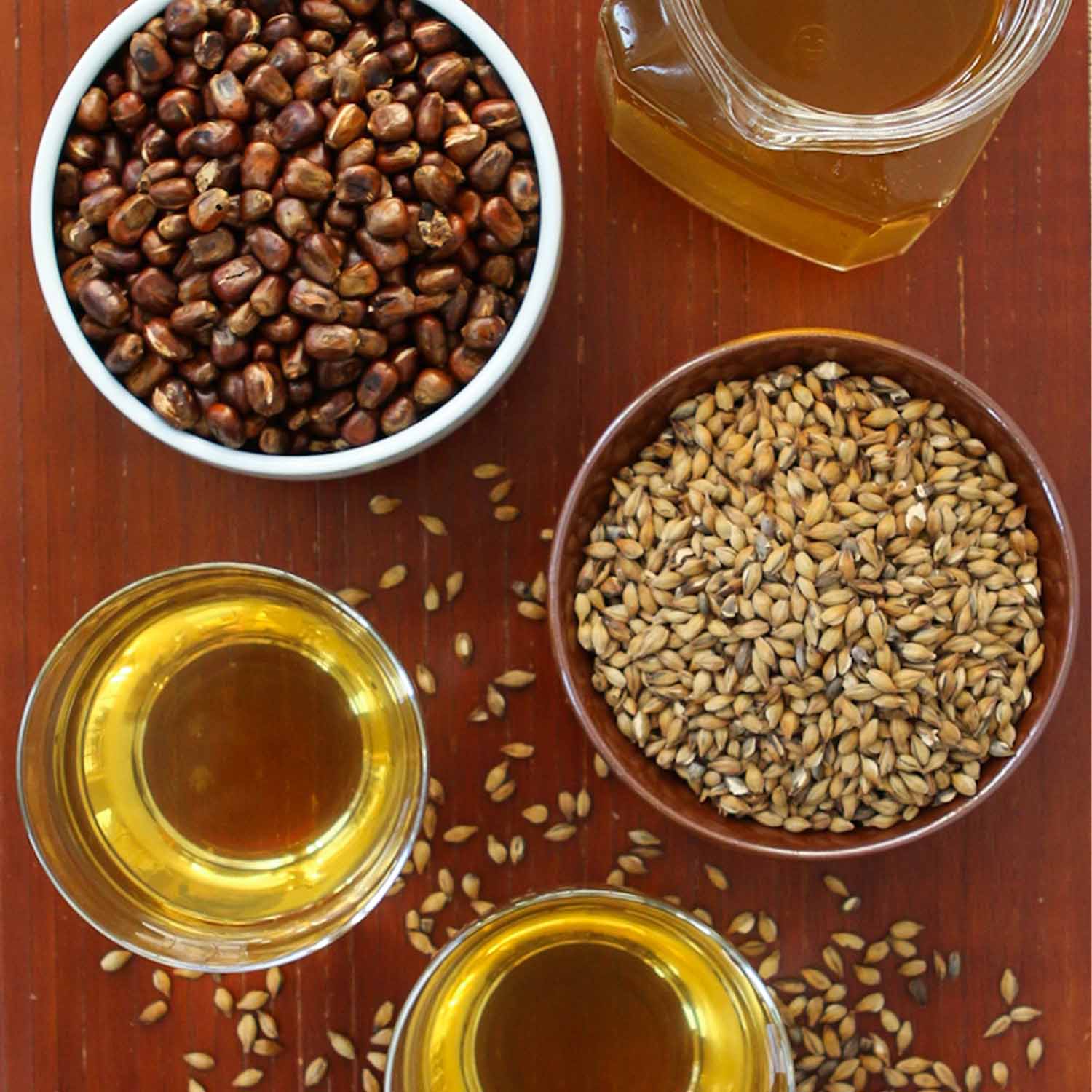
Korean Barley Tea: Tradition and Health in Every Cup
Korean barley tea, known as bori-cha. Learn about its origin, health benefits and how to prepare it at home. A caffeine-free drink rich in antioxidants. Discover the tradition and benefits of this ...

